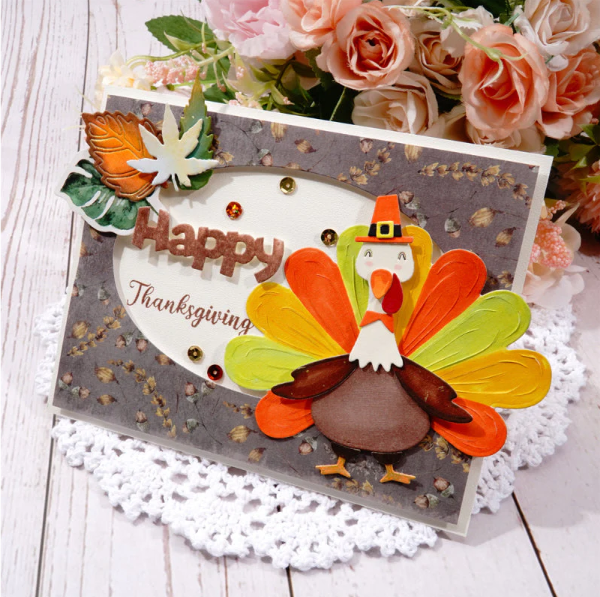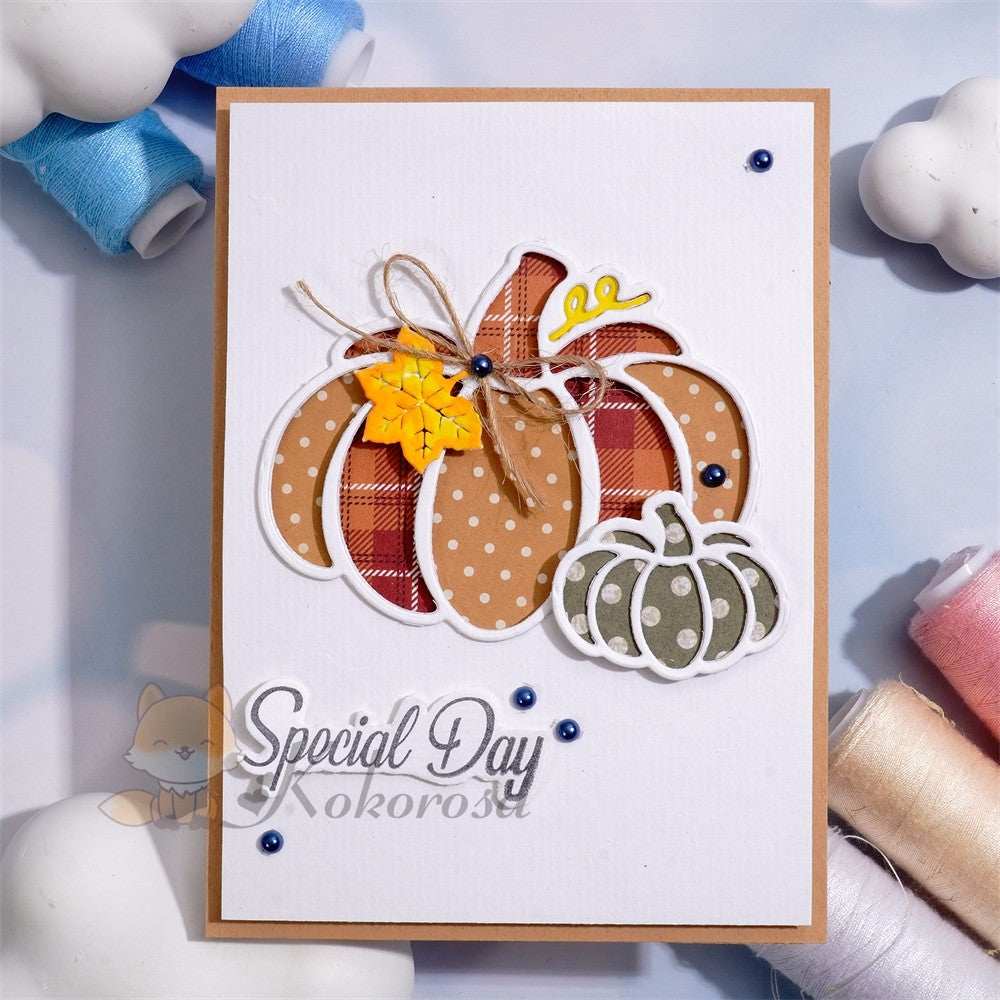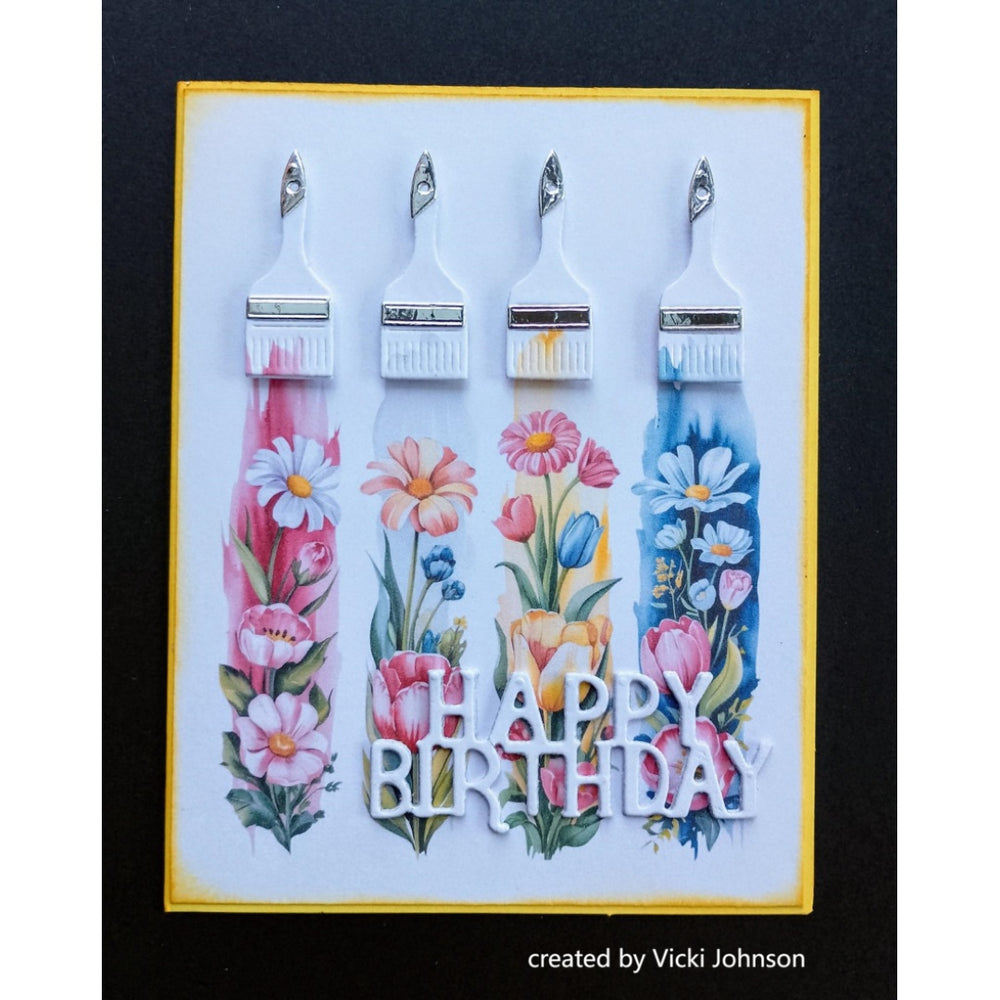Emboss and Deboss: Adding Dimension to Designs
Embossing and debossing are two popular techniques that add visual interest and a tactile dimension to printed materials. These techniques involve creating raised or recessed designs on surfaces like paper or cardstock. Whether you're a designer, a business owner, or a creative enthusiast, understanding the differences and benefits of embossing and debossing can unlock a world of possibilities for your projects.
Embossing: Adding a Touch of Elegance
Embossing is a technique that raises certain parts of a design above the surface, creating a raised texture that catches the light and draws attention. It adds a sense of elegance and sophistication to various items like business cards, invitations, and packaging. The process involves using heat and pressure to reshape the material, creating a three-dimensional effect. Embossing can be done in different degrees of complexity, from simple lines and shapes to intricate patterns and detailed designs.
One advantage of embossing is its ability to create a tactile experience. When someone runs their fingers over an embossed design, they can feel the raised areas, enhancing the overall impression of quality and craftsmanship. Embossing can also add a sense of depth and dimension to a flat surface, making it visually captivating and enhancing the overall aesthetic appeal.
Debossing: Impressions that Leave a Mark
Debossing, as the name suggests, is the opposite of embossing. Instead of raising the design, debossing creates recessed impressions, sinking the design into the material. This technique can create a subtle, understated effect, adding an air of sophistication and uniqueness to items like stationery, book covers, or product packaging.
Similar to embossing, debossing offers a tactile experience that engages the senses. When someone touches a debossed design, they can feel the indentations and appreciate the attention to detail. Debossing can also provide a sense of depth and visual contrast, as the recessed areas cast shadows that enhance the overall design.
Choosing Between Embossing and Debossing
The choice between embossing and debossing depends on the desired outcome and the specific goals of your project. Here are a few key considerations:
Design:
Embossing works best for designs that benefit from a raised, dimensional effect.
Debossing is ideal for designs that require subtle elegance or a distinctive impression.
Material:
Embossing and debossing are commonly used on paper and cardstock, but they can also work on materials like leather or plastic.
Consider the thickness and flexibility of the material to ensure it can hold the embossed or debossed design effectively.
Functionality:
Embossing and debossing can impact the functionality of a printed item.
Embossed areas may be more prone to wear and tear, especially in items that are frequently handled.
Debossing may provide a more durable and long-lasting effect.
Budget and Production Constraints:
Embossing and debossing require specialized equipment and additional production steps, making them more costly compared to standard printing.
Keep your budget and production timeline in mind when considering these techniques.
Whichever technique you choose, embossing and debossing are sure to elevate the visual impact of your designs. They add a luxurious and professional touch, making your printed materials stand out from the competition. Partner with print professionals to ensure the best results and unleash the full potential of embossing and debossing in your projects.













Leave a comment